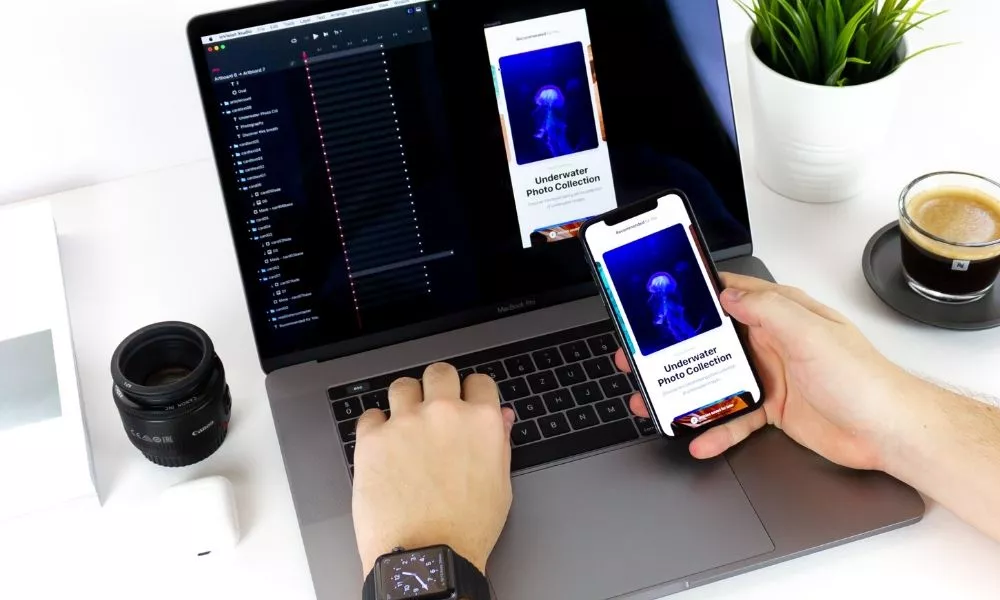- Blog How UX can help you to retain your SaaS/App paying customer’s




How UX can help you to retain your SaaS/App paying customer’s
 How UX can help you to retain your SaaS/App paying customer’s
How UX can help you to retain your SaaS/App paying customer’s
What is the price loyalty in today’s market? Tech-savvy SaaS and App users seem to live in a permanent state of FOMO – fear of missing out – constantly on the look-out for something newer, better and more exciting.
Retention rate statistics make for harsh reading: 77 percent of new users stop using an app just three days after installing it, according to Silicon Valley analyst Andrew Chen. After one month, 90% of downloaders have abandoned it.
Loyalty isn’t necessarily dead, though; it’s just harder to earn from today’s more demanding customer. But the way to keep that customer once you’ve converted them is the same whether you’re selling shoes or a SaaS – good user experience (UX).
In its report Customers 2020, Customer intelligence consultants Walker predicted that UX will overtake price and product as the key brand differentiator. The challenge for companies developing SaaS software is to build loyalty and retain enough paid converts for their lifetime value to exceed the aggregate acquisition cost of both free trial and paying customers.
Good UX means good design from the start
UX is about good design which engages users and makes difficult tasks easier. It should be introduced by your development team from the very beginning, and at every customer interface point along their journey.
In a previous blog post [LINK] we talk about the importance of having UX specialists in your development team; if they are fully involved at the earliest design stages you will save money and time by bringing your product to market quicker without the added cost of wasted development, iterative improvement cycles or even product withdrawal.
Onboarding
You never have long to make a good impression, and it starts with onboarding. The process needs to be flawless and represent the user experience to come – the very first taps should reveal what it can do and how it feels to use.
Onboarding must be quick and efficient, engaging and exciting but without being overwhelming. It should take customers on a simple and obvious journey through the app, demonstrating not what it can do but how it helps the user to do what they want.
To avoid high abandon rates, conversion input – registration information, credit card number, initial business data – should be limited only to necessary information. Limit the number of fields required and display a progress bar.
Don’t push users to sign up before they’ve even had a chance to trial the app. Likewise, don’t ask them to rate your product before they’ve had a chance to complete onboarding and start using it.
User-friendly features
Software development must keep the user in mind at every interaction point. Here are some of the key UX considerations we use.
- Gesture UX. Put some thought into how and where your target audience will use your app and optimise the User Interface (UI) for their dexterity levels. If designed for the mobile screen, make sure your most important screen elements are within thumb reach and keep gestures to a minimal to complete a task.
- Customer interaction. If the user commits time to making the software their own, adapting dashboard and customising reports, they are mor likely to stay with it.
- Navigation. Keep the user journey simple, instinctive and obvious, with a smooth and clearly signposted task journey. Mark icons clearly, avoid hiding common menu options and don’t overload users with too many menu options.
- Handy hints. Animated hints can help users to understand your software’s different functions. Email notifications used correctly also maintain user engagement and can forestall problems, but don’t bombard with messages.
How we introduce UX into our software designs
At Incepteo, our UX experts use a mix of tools to ensure UX is at the forefront of our SaaS and App development for our B2B customers. There are a number of methods, usually used in combination, to introduce UX into a software development:
- Creating customer personas, fictional “typical” customer profiles of your target audience. These are useful only when anchored in solid field research.
- Using wireframing and rapid prototyping helps you to produce an MVP more quickly and cheaply.
- Usability testing and A/B testing are important tools for working through retention-risk points, but are best used in conjunction with analytics to avoid time consuming iteration loops.
- UX Heatmaps track a user’s mouse pointer on the screen to understand behaviour and smooth the user “hestitation points”.
Analytics
If you want to optimise the UX of your product and the retention of your users, then you should incorporate an analytics platform from the start. The danger of treating UX as an afterthought, when your product is out on the market, is that you will be bombarded by usability complaints and requests for new features. But will you know how to respond correctly if you haven’t been collecting user up to that point using an analytics tool.
In conclusion: UX, retention and ROI.
According to Forbes Magazine, Geoff Bezos invested 100 times more in Amazon’s UX during its first year than in advertising.
According to an IBM report on user-centred design, every dollar invested in ease of use returns $10 to $100.
It’s too easy to fall into the trap of making your app to do too much, or showing how clever your coding is, but at Incepteo we hold to two basic principles which tie in with UX: the KISS principle to ensure that technology doesn’t get in the way of the task, and identifying the end user’s problem so that we can solve it for them.
Taking UX seriously saves the time and cost of handling customer queries, makes development cycles more efficient and increases the lifetime value of users who stay onboard longer. When your customer is happy, your bottom line stays healthy.
Share this:
Recent Posts
By Sector

How Can Incepteo Help You?


Quick Links
AI SERVICES
2024 © All rights reserved by Incepteo